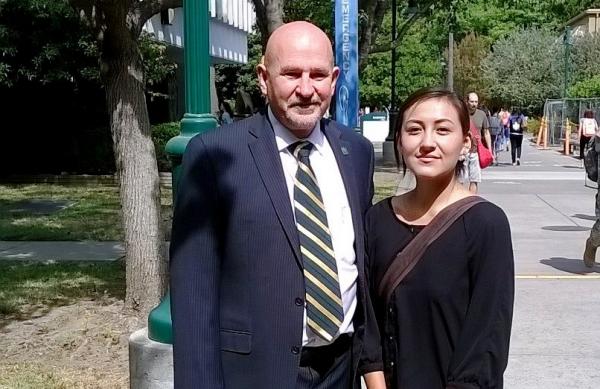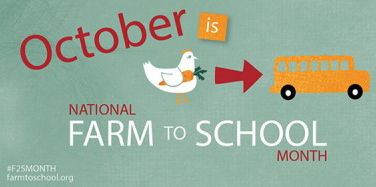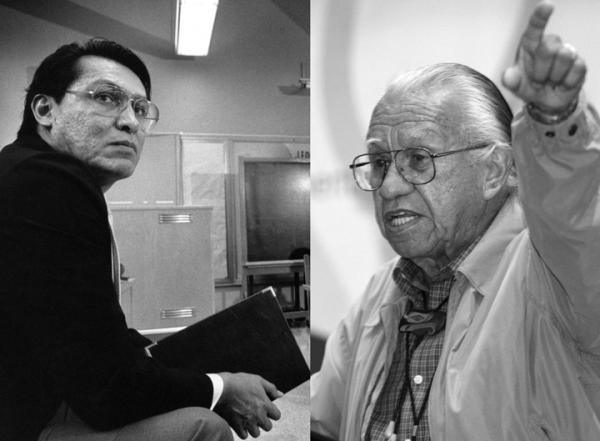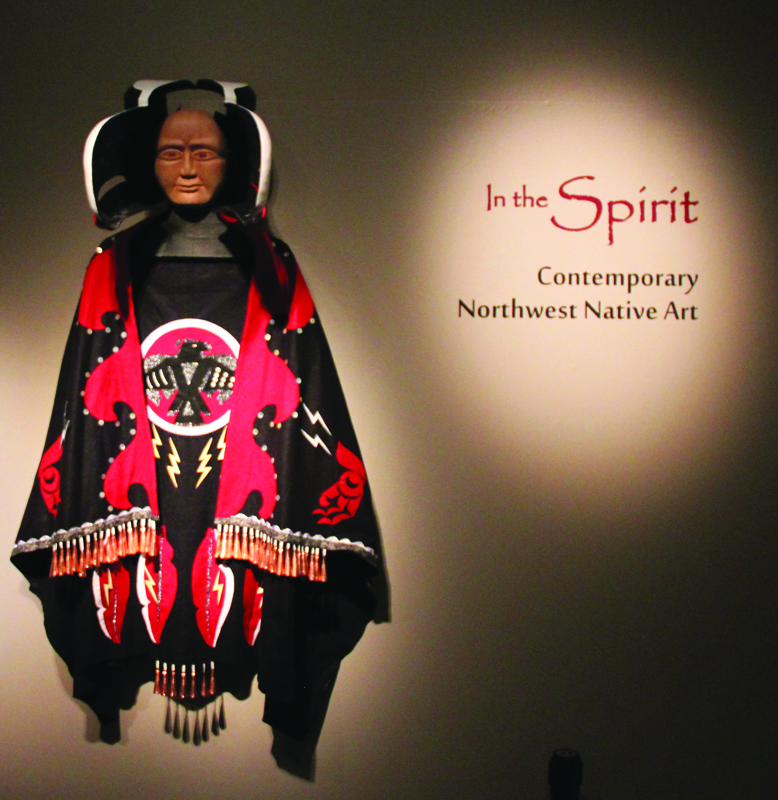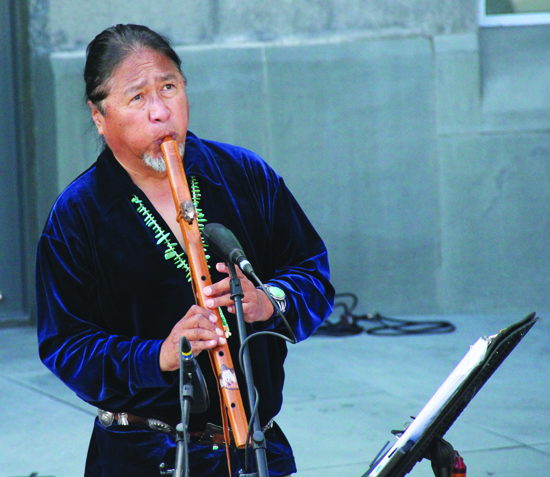Submitted by Jeanne Steffener, Tulalip Tribes Higher ED
If you are thinking about pursuing Trucking as a career, this is not a bad decision especially for those who like driving. As long as you have your high school diploma/GED and you can enroll in a truck driving school. This type of education will show you how to handle large vehicles in different road and climate conditions as well as preparing for CDL license testing. The completion of this training will give you an opportunity to be in the driver’s seat.
The benefits of jobs in the trucking industry are many. Truckers can expect an average salary beginning at $45,000. Not a small amount for someone starting out in the business. As time passes and you build up experience and log miles on the road, the pay can build up to as high as $100,000.00 plus per year.
It is not an easy job but the benefits can be really good. Unlike a lot of jobs these days, truck drivers generally receive excellent benefits: medical, dental, vision, life insurance and 401K opportunities from their employers. Many companies realize that keeping their drivers healthy is important to keeping their drivers on the road. The shortage of drivers and the nature of hauling goods makes the trucking industry less vulnerable to the reduction of hours which other industries have experienced in the down turn and rebuilding of the economy.
Few professions give their employees as much control over their own schedules. It depends on you how much time you want to spend on the road. You can choose local runs, regional routes or long hauls. Dedicated routes can provide a routine with some flexibility. If meeting family commitments is important to you…choosing a family-friendly carrier that can work with your schedule time is an option.
Trucking jobs can give you the opportunity to see a variety of places. Just imagine looking at a sunset on the Pacific Ocean in the evening and then viewing a sunrise over the Rockies the next morning. How about visiting a different National Park every time you have a day off? Truck drivers probably know the country better than anyone. They are able to meet new people and see new sights daily. Driving coast to coast gives truck drivers a unique experienced not available to most Americans.
Women Truck Drivers – The workplace is changing for women. Women who decide to take on a new challenge will benefit greatly. The truck driving industry has typically been dominated by men but those stereotypes are changing. Now women of all ages are getting behind the wheel and taking to the road. In a study by the Insurance Institute of Highway Safety, “women caused 27% of the fatal crashes while men caused an astounding 73%”. In the trucking industry, women make-up roughly 10-20% of the workforce and the numbers are steadily increasing. Many trucking and transportation companies are realizing that they are experiencing a high success rate with women drivers. Companies like CR England, JB Hunt, Swift Transportation and Schneider are seeing increasing numbers and encouraging women to apply. There is plenty of room on the road for both men and women truck drivers.
If you are interested in a career in truck driving, Skagit City Trucking is presenting a program about what it takes to be a truck driver and acquiring the CDL license. The program takes place on November 3 at 5:00-7:00 p.m. The location will be in Room 263 in the Administration Building. Please join us to learn the ins and outs of this exciting career. Please RSVP to Higher ED staff at 360-716-4888 or email us at highered@tulaliptribes-nsn.gov.




